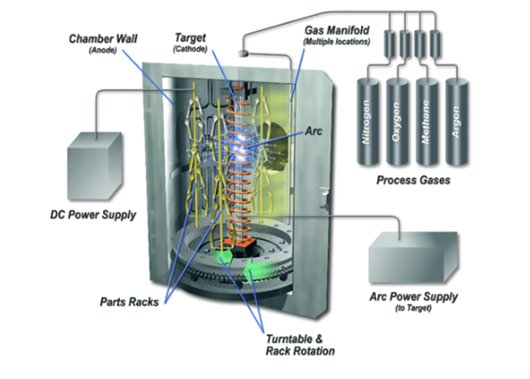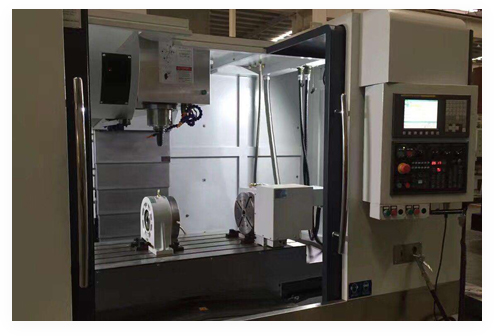The comparison between 304 and 316 stainless steel is always the key problem when choosing the right stainless steel grade for your project. Both of these grades belong to the austenitic stainless steel family and boast impressive corrosion resistance and versatility. However, to have a clear understanding of which stainless steel grade best aligns with your specific requirements, we have to delve into the core distinctions between 304 vs 316 stainless steel.
304 stainless steel is renowned for its exceptional versatility and balanced properties, this grade has become a staple in various industries. Composed of 18% chromium and 8% nickel, stainless steel 304 strikes a harmonious balance between hardness, corrosion resistance, and affordability. Its moderate levels of nickel contribute to its formability, weldability, and resistance to certain corrosive environments.
304 stainless steel has higher chromium content, it forms a protective oxide layer on its surface, shielding it from corrosion in less aggressive environments. The addition of nickel imparts ductility and toughness, making it suitable for a wide array of applications.
Stainless steel 304 finds itself at home in various sectors due to its well-rounded properties. Its strength, corrosion resistance, and ease of fabrication make it a prime choice for kitchen equipment, food processing, and chemical containers. Its high-temperature resistance, although not as elevated as that of 316, allows it to excel in applications such as heat exchangers and automotive components.
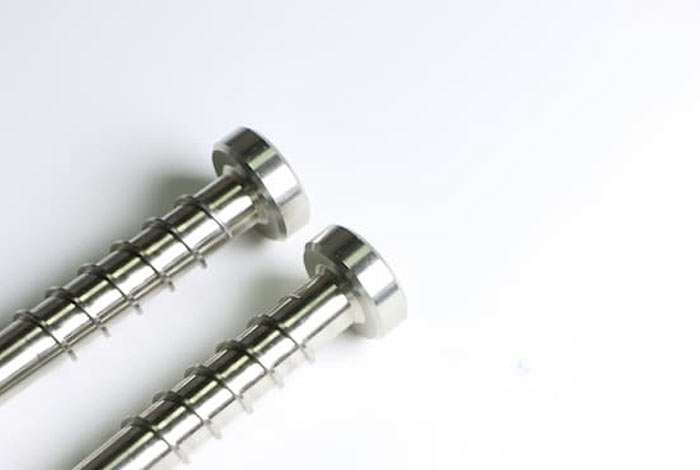
With its unique composition, including 16% chromium, 10% nickel, and an impactful 2% molybdenum, stainless steel 316 takes corrosion resistance to a new level. This addition of molybdenum grants 316 a distinct advantage, enhancing its capability to withstand aggressive chemicals, chlorides, and marine conditions.
The defining feature of 316 stainless steel is its augmented corrosion resistance. The presence of molybdenum acts as a powerful shield against the pitting and crevice corrosion that can compromise other stainless steel grades. This makes 316 an invaluable asset in industries where exposure to chloride-rich environments is inevitable, such as coastal structures, chemical processing plants, and pharmaceutical manufacturing.
316 stainless steel's remarkable resistance to both localized and general corrosion makes it indispensable for applications in harsh chemical processing, offshore oil rigs, and coastal infrastructure. The pharmaceutical and medical sectors also benefit from its non-reactive properties, ensuring product integrity in sensitive environments.
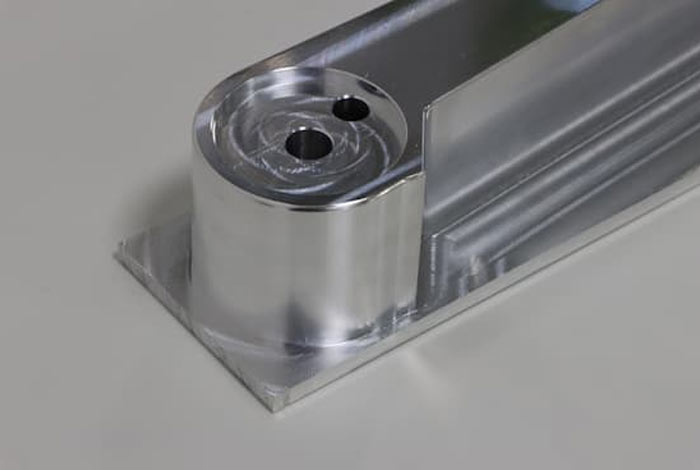
When considering stainless steel options for your project, the dichotomy between 304 and 316 stainless steel emerges as a crucial decision.
The foundation of the 304 vs 316 stainless steel debate lies in their chemical compositions. Stainless steel 304 contains 18% chromium and 8% nickel, while 316 stainless steel comprises 16% chromium, 10% nickel, and a significant 2% molybdenum. This key distinction, marked by the molybdenum content in 316, holds the secret to its heightened corrosion resistance in harsh environments, especially those laden with acids and chlorides. The presence of molybdenum empowers 316 stainless steel to stand strong against the corrosive forces that might affect 304.
In the realm of corrosion resistance, 316 stainless steel emerges as the undisputed champion when 304 stainless vs 316. Molybdenum, constituting 2% of its structure, plays a pivotal role in elevating its resistance to corrosive forces.
While both 304 and 316 stainless steel grades showcase commendable corrosion resistance, the distinct advantage of 316 cannot be downplayed. Its molybdenum-enriched composition creates a barrier against the corrosive elements that would otherwise degrade and compromise less fortified materials.
When exposed to chlorides - notorious catalysts for corrosion - 316 stainless steel stands firm, maintaining its structural integrity even in the harshest of maritime environments. This makes it an ideal candidate for offshore structures, ships, and other applications immersed in saltwater.
When we delve into the mechanical properties, such as tensile strength and yield strength, a distinct comparison between 304 vs 316 stainless steel comes to light.
In the realm of tensile strengths, stainless steel 316 with a thickness of 8mm presents a range spanning 480-620 MPa, while stainless steel 304 demonstrates a range of 520-720 MPa with the same thickness.
When considering yield strength, stainless steel 316 usually boasts an impressive 290 MPa, while its counterpart, stainless steel 304, registers a yield strength of 215 MPa.
The modulus of elasticity is an indicator of flexibility and deformation response. Stainless steel 316 showcases its flexibility with a modulus of elasticity measured at 164 GPa, in comparison to the range of 193-200 GPa observed in stainless steel 304.
Lastly, moving on to the measure of hardness, stainless steel 316 exhibits a value of 79 Rockwell B, while stainless steel 304 indicates a slightly lower value of 70 Rockwell B.
When it comes to welding, both 304 and 316 stainless steel grades excel. Both 304 and 316 stainless steel contain low carbon levels, enhancing their weldability. Their inherent properties make them receptive to welding processes, allowing craftsmen to seamlessly fuse pieces.
Formability refers to how easily a material can be shaped and manipulated without sacrificing its structural integrity. In this aspect, stainless steel 316 holds a slight advantage due to its improved formability.
Molybdenum, as a key alloying element, adds a level of flexibility to the 316 stainless steel's molecular structure. This increased flexibility allows craftsmen to bend, shape, and mold 316 stainless steel with greater ease compared to 304 stainless steel.
Stainless steel 304 displays a higher melting point than 316. Stainless steel 304 can withstand continuous use at temperatures between 425-860°C (797-1580°F) without severe corrosion risks, whereas stainless steel 316 thrives in temperatures above 843°C (1550°F) and below 454°C (850°F). These thresholds dictate their usability in various high-temperature settings.
Both 304 and 316 stainless steel grades perform exceptional resistance to wear and tear, corrosion, and fatigue ensuring their longevity in demanding industrial environments. If we must determine a winner of 304 vs 316 stainless steel, the slight edge goes to 316 stainless steel due to its enhanced corrosion resistance, making it a reliable choice for prolonged usage.
When it comes to real-world applications, the choice between stainless steel 304 vs 316 hinges on the specific demands of each industry.
Stainless steel 304 finds its stride in applications where hardness and wear resistance are paramount, making it a preferred choice for architectural accents, kitchen equipment, and automotive parts. On the other hand, the unparalleled corrosion resistance of stainless steel 316 takes center stage in marine environments, chemical processing plants, pharmaceutical manufacturing, and other settings where exposure to chlorides and aggressive chemicals poses a constant threat.
The applications of these two stainless steel grades paint a vivid picture of their individual prowess in diverse industries.
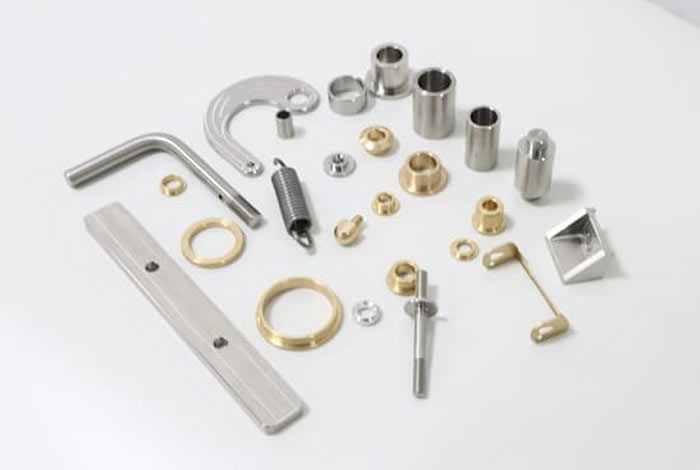
The decision when stainless steel 304 vs 316 can significantly impact the project's budget without compromising on performance.
Stainless steel 316 comes with a notably higher cost, standing at approximately 75% more than stainless steel 304. This cost differential can be attributed to the additional chemical elements present in stainless steel 316. These elements contribute to a more intricate manufacturing process, which ultimately elevates the material's corrosion resistance capabilities and enhances its overall value proposition.
Good News>> Richconn provides professional stainless steel solutions!
Richconn shines as a company that offers the best custom stainless steel solutions and perfectly understands the delicate balance between quality and cost. Equipped with advanced CNC machines and automated processes, Richconn maximizes efficiency while maintaining high-quality stainless steel standards. Their ability to perform multiple operations in a single setup ensures precision and reduces the likelihood of errors or material waste, directly impacting the overall cost-effectiveness of the project.
Richconn has a professional team, composed of experienced engineers, technicians, and quality inspectors. We offer a comprehensive suite of OEM precision CNC machining services that align with their client's needs. From design assistance to technical support and quality assurance, the team ensures that the project progresses seamlessly from inception to delivery. It contributes to minimizing unnecessary expenses.
While both stainless steel 304 and 316 grades belong to the austenitic stainless steel family and offer commendable corrosion resistance, their divergent compositions lead to distinct advantages. Stainless steel 304 shines with its versatility, affordability, and wide-ranging applications. On the other hand, stainless steel 316 excels in environments laden with corrosive elements, demonstrating exceptional resistance to chlorides and aggressive chemicals. Whether you opt for the affordability of stainless steel 304 or the enhanced corrosion resistance of stainless steel 316, Richconn, as a professional China CNC factory, stands ready to provide tailored solutions that meet both your performance expectations and budget requirements.
Get professional ideas on choosing the best steel grade for your project NOW >>>
Click it ↓↓↓
 A Comprehensive Copper Analysis for CNC MachiningJanuary 12, 2024Here are various properties of copper - from its elemental essence, physical prowess, thermal and electrical properties, to applications in CNC machining.view
A Comprehensive Copper Analysis for CNC MachiningJanuary 12, 2024Here are various properties of copper - from its elemental essence, physical prowess, thermal and electrical properties, to applications in CNC machining.view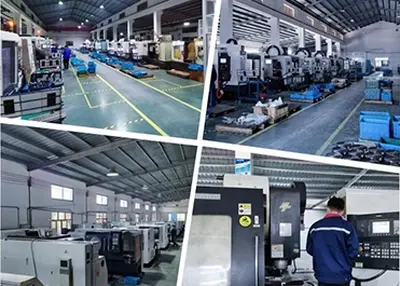 Which Is Easier to Weld, Aluminum or Stainless Steel?October 26, 2023This is because the melting point of stainless steel is higher than that of aluminum alloys, which makes it more stable during the welding process. Aluminum alloys are prone to the risk of being burned through because of their low melting point during the welding process. In addition, aluminum alloys are also susceptible to the formation of an aluminum oxide film on the surface in air, which has a much higher melting point than aluminum itself, making it more difficult to weld.view
Which Is Easier to Weld, Aluminum or Stainless Steel?October 26, 2023This is because the melting point of stainless steel is higher than that of aluminum alloys, which makes it more stable during the welding process. Aluminum alloys are prone to the risk of being burned through because of their low melting point during the welding process. In addition, aluminum alloys are also susceptible to the formation of an aluminum oxide film on the surface in air, which has a much higher melting point than aluminum itself, making it more difficult to weld.view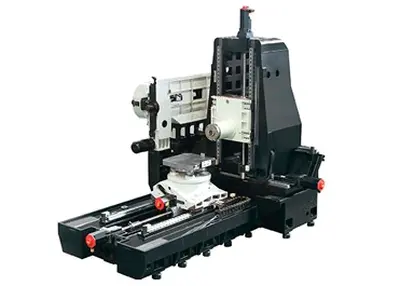 4 Axis CNC Machining: The Definitive Guide 2023August 29, 2023CNC machining is a widely used manufacturing process that involves the use of computer-controlled machines to create precise and complex parts from various materials. CNC machines can operate on diffe...view
4 Axis CNC Machining: The Definitive Guide 2023August 29, 2023CNC machining is a widely used manufacturing process that involves the use of computer-controlled machines to create precise and complex parts from various materials. CNC machines can operate on diffe...view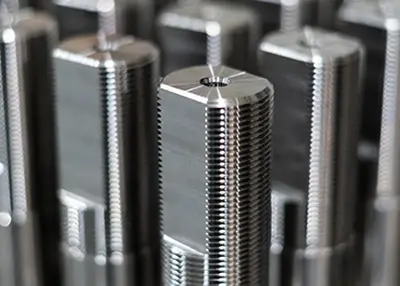 What Are the Precautions for EDM Machining?October 27, 2023EDM is a relatively new metal working technique compared to rotary tooling, shearing and forging. A fast pulsed high-voltage discharge (spark) passes through the gap between the electrode and the grounded workpiece, removing material from the workpiece by erosion.view
What Are the Precautions for EDM Machining?October 27, 2023EDM is a relatively new metal working technique compared to rotary tooling, shearing and forging. A fast pulsed high-voltage discharge (spark) passes through the gap between the electrode and the grounded workpiece, removing material from the workpiece by erosion.view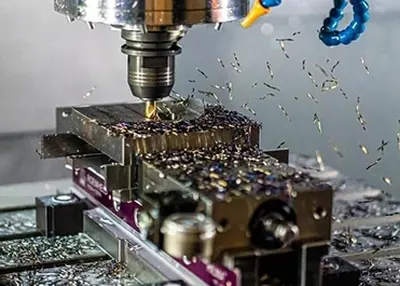 Crafting Precision: The Artistry Behind CNC Milling PartsSeptember 22, 2023A CNC milling machine consists of many different parts that each play an important role and work together to accomplish a variety of milling tasks.view
Crafting Precision: The Artistry Behind CNC Milling PartsSeptember 22, 2023A CNC milling machine consists of many different parts that each play an important role and work together to accomplish a variety of milling tasks.view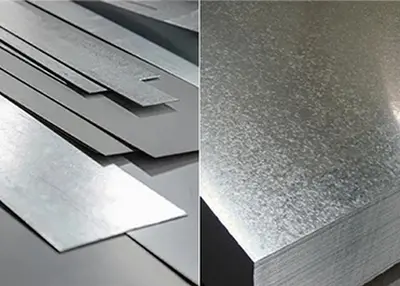 Unveiling the Power of Galvanized Materials: Your Ultimate GuideSeptember 28, 2023Have you ever wondered about the remarkable process that transforms ordinary steel into a corrosion-resistant wonder material? Look no further, as we embark on an enlightening journey to understand the world of galvanization.view
Unveiling the Power of Galvanized Materials: Your Ultimate GuideSeptember 28, 2023Have you ever wondered about the remarkable process that transforms ordinary steel into a corrosion-resistant wonder material? Look no further, as we embark on an enlightening journey to understand the world of galvanization.view
 EN
EN
 ru
ru 

